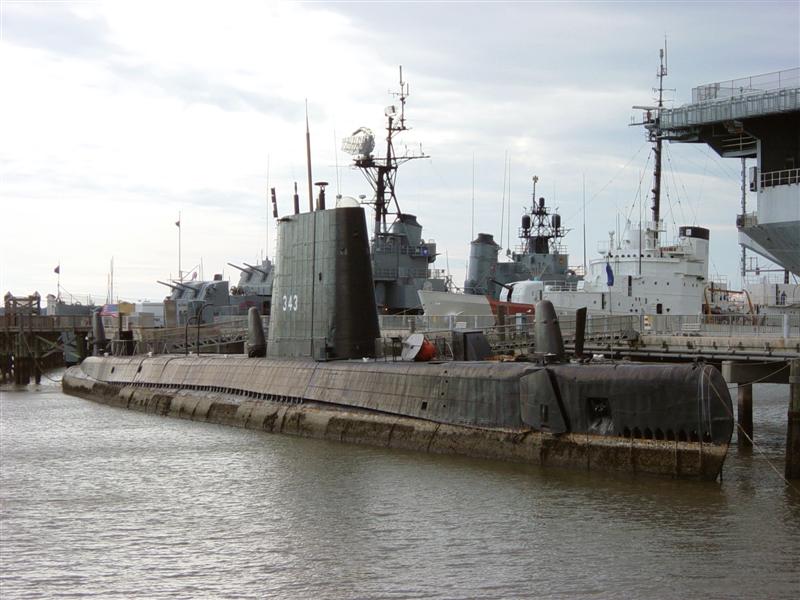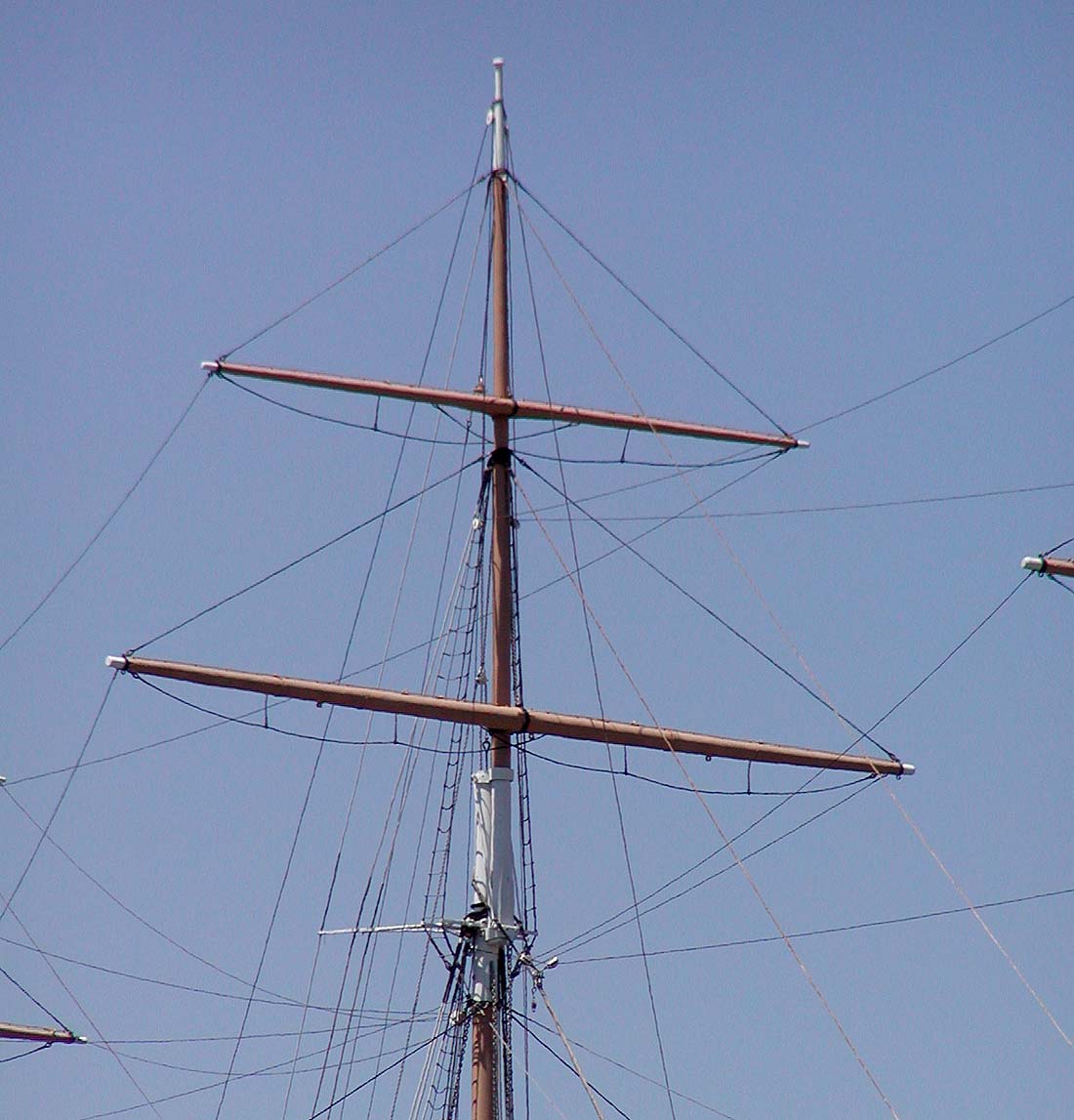|
Guppy
The Greater Underwater Propulsion Power Program (GUPPY) was initiated by the United States Navy after World War II to improve the submerged speed, maneuverability, and endurance of its submarines. (The "Y" in the acronym was added for pronounceability.) The navy began the program by testing and reverse engineering two German Type XXI U-boats— and —obtained as war reparation. That analysis led to four goals—increasing the submarines' battery capacity, streamlining the boats' structures, adding snorkels, and improving fire control systems. The navy immediately focused on designing a new class of submarine, but the Bureau of Ships believed the fleet of existing , , and submarines could be modified to incorporate the desired improvements. In June 1946, the Chief of Naval Operations approved the GUPPY project. The initial two-boat test program, implemented by the Portsmouth Naval Shipyard, eventually grew into several successive conversion programs. Those upgrades proceed ... [...More Info...] [...Related Items...] OR: [Wikipedia] [Google] [Baidu] |
Conning Tower
A conning tower is a raised platform on a ship or submarine, often armoured, from which an officer in charge can conn (nautical), conn (conduct or control) the vessel, controlling movements of the ship by giving orders to those responsible for the ship's engine, rudder, lines, and ground tackle. It is usually located as high on the ship as is practical, to give the conning team good visibility of the entirety of the ship, ocean conditions, and other vessels. The naval term "conn" may derive from the Middle English ''conne'' (study, become acquainted with) or French ''conduire'' from Latin ''conducere'' (conduct). Surface ships On surface ships, the conning tower was a feature of all battleships and armored cruiser, armoured cruisers from about 1860 to the early years of World War II. Located at the front end of the superstructure, the conning tower was a heavily armored cylinder, with tiny slit windows on three sides providing a reasonable field of view. Designed to shield j ... [...More Info...] [...Related Items...] OR: [Wikipedia] [Google] [Baidu] |
USS Pomodon (SS-486) After GUPPY I Modernisation C1948
USS ''Pomodon'' (SS-486), a ''Tench''-class submarine, was the only ship of the United States Navy to be named for the ''Pomodon'' (an obsolete synonym for '' Hemilutjanus'') genera of snapper. Construction and commissioning ''Pomodon''′s keel was laid down on 29 January 1945 by the Portsmouth Navy Yard in Kittery, Maine. She was launched on 12 June 1945 sponsored by Mrs. Lorena Neff, and commissioned on 11 September 1945. Departure Departing Portsmouth 6 January 1946, ''Pomodon'' slipped through the Cape Cod Canal and set her course for the Panama Canal Zone for further training. By May the submarine was back north to New London, Connecticut, for several days operations before an availability and upkeep period at New London. Slipping out of the Submarine Base at New London, ''Pomodon'' set her course southward again; transited the Panama Canal arriving San Diego, California, on 12 October, and joined Submarine Squadron 3. After alterations at Mare Island from 25 Octo ... [...More Info...] [...Related Items...] OR: [Wikipedia] [Google] [Baidu] |
Amphion-class Submarine
The ''Amphion'' class (also known as the "A" class and ''Acheron'' class) of United Kingdom, British Submarine#Diesel-electric transmission, diesel-electric submarines were designed for use in the Pacific War. Only two were completed before the end of hostilities, but following modernisation in the 1950s, they continued to serve in the Royal Navy into the 1970s. Development and service The ''Amphion'' class were ordered by the British Admiralty in 1943, upon the realisation that the new Pacific theatre of war following the attack on Pearl Harbor needed a new type of submarine. They were originally designed to replace the British S-class submarine (1931), S-class and British T-class submarine, T-class submarines, which were too slow and unable to dive deep enough to be suited to Pacific waters during World War II. They were essentially the same size as the T class, arranged for fast, simple construction and to utilize much of the materials and equipment set aside for the T boat ... [...More Info...] [...Related Items...] OR: [Wikipedia] [Google] [Baidu] |
Periscope
A periscope is an instrument for observation over, around or through an object, obstacle or condition that prevents direct line-of-sight observation from an observer's current position. In its simplest form, it consists of an outer case with mirrors at each end set parallel to each other at a 45° angle. This form of periscope, with the addition of two simple lenses, served for observation purposes in the trenches during World War I. Military personnel also use periscopes in some gun turrets and in Armored car (military), armoured vehicles. More complex periscopes using Prism (optics), prisms or advanced Optical fiber, fiber optics instead of mirrors and providing magnification operate on submarines and in various fields of science. The overall design of the classical submarine periscope is very simple: two telescopes pointed into each other. If the two telescopes have different individual magnification, the difference between them causes an overall magnification or reduction. ... [...More Info...] [...Related Items...] OR: [Wikipedia] [Google] [Baidu] |
Radar Mast
The mast of a sailing vessel is a tall spar, or arrangement of spars, erected more or less vertically on the median line of a ship or boat. Its purposes include carrying sails, spars, and derricks, giving necessary height to a navigation light, look-out position, signal yard, control position, radio aerial, or signal lamp. Large ships have several masts, with the size and configuration depending on the style of ship. Nearly all sailing masts are guyed. Until the mid-19th century, all vessels' masts were made of wood formed from a single or several pieces of timber which typically consisted of the trunk of a conifer tree. From the 16th century, vessels were often built of a size requiring masts taller and thicker than from single tree trunks. On these larger vessels, to achieve the required height, the masts were built from up to four sections (also called masts). From lowest to highest, these were called: lower, top, topgallant, and royal masts. Giving the lower sections ... [...More Info...] [...Related Items...] OR: [Wikipedia] [Google] [Baidu] |



